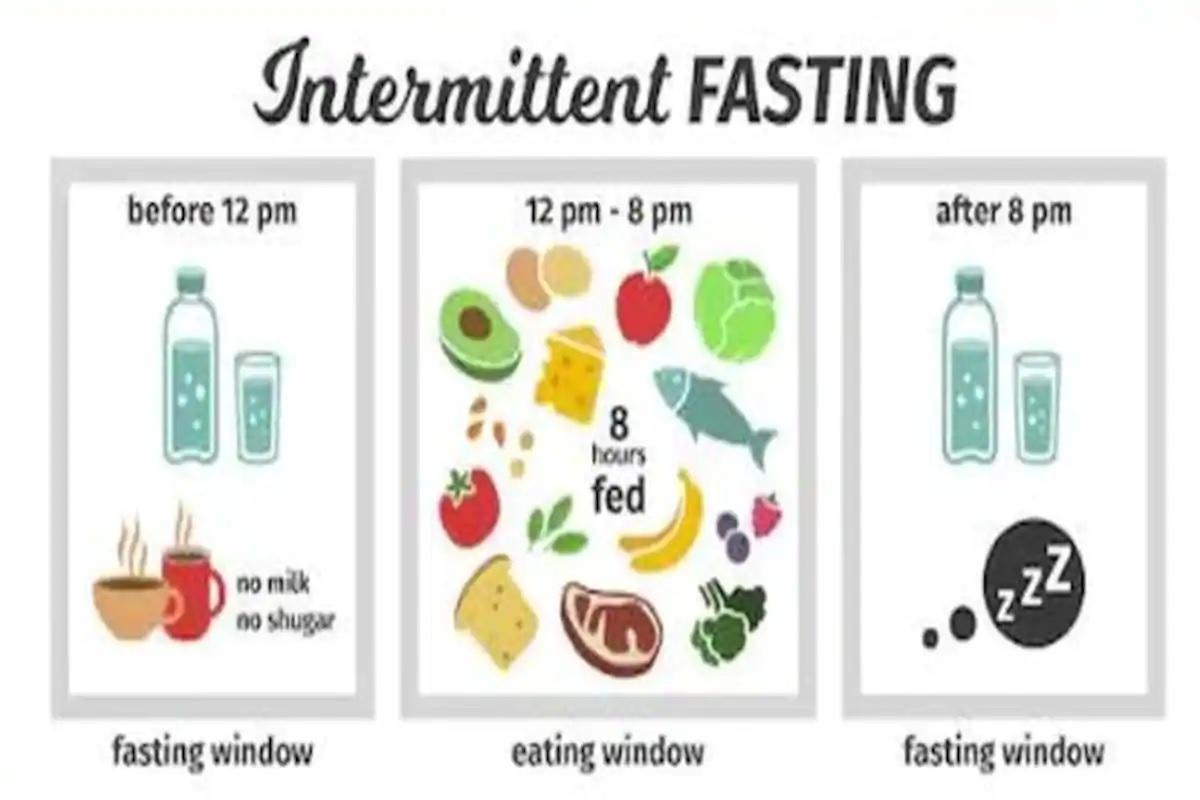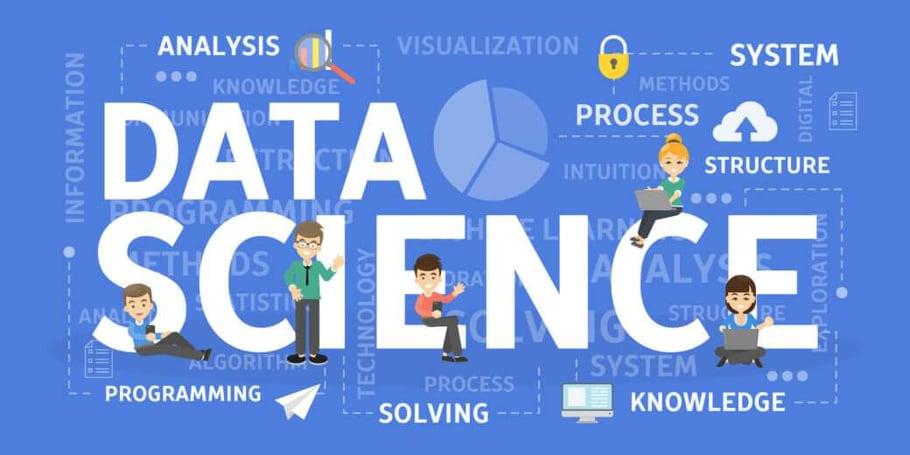
After too many months binge-watching TV on the couch, you might be thinking it's time to start tackling those stubborn extra pounds. If you're sick of fad diets that force you to cut out foods you love or eat pre-packaged, tasteless food, then drop the diet shake and check out one of the most popular eating plans: Intermittent fasting.
What's in a Name
Intermittent fasting. The name alone may leave you expecting to be hungry all the time. Don't let the name fool you; this eating plan still leaves you feeling satisfied. With intermittent fasting, or IF, you break your day into two parts: Your eating window and your fasting window. During your eating window, you can eat regular meals and drink beverages containing calories, such as coffee with milk. During your eating window, you can eat healthy meals and still enjoy your favorite foods within reason.
Intermittent fasting does not mean you should:
- Eat whatever you want
- Eat unhealthy foods
- Eat more calories than you burn
- Eliminate food groups
- Eat too little
During your fasting window, you will abstain from eating and stick to drinking beverages that have no calories, such as water, tea, or black coffee. Drinking lots of water is important while following intermittent fasting, so make sure you drink enough water throughout the day.
How do You Start Intermittent Fasting
You can start intermittent fasting by selecting your intermittent fasting schedule. The easiest way to get started is with the 16:8 schedule. With this schedule, you will fast for 16 hours, except drinking zero-calorie liquids, and then eat in an eight-hour window.
Many people find this type of intermittent fasting easiest to start with because it often means just skipping breakfast and beginning the eating window at 12 or 1 p.m. with lunch. Then, the person eats dinner at their usual time and closes their eating window at 8 or 9 p.m.
Other Options for Intermittent Fasting
Other popular options for intermittent fasting include:
- Eat-Stop-Eat: With this plan, you fast for 24 hours once per week.
- The 5:2 plan: With this plan, you restrict your calories to 500-600 calories on two days of the week, but eat normally for the other five days.
- Alternate Day plan: With this plan, you alternate between eating normally one day and restricting calories or fasting completely during the next day.
Whichever plan you choose, you will experience many benefits of intermittent fasting.
Benefits of Intermittent Fasting
One of the first things you may notice when you begin intermittent fasting is less bloating. As you increase the amount of water you drink throughout the day, you may notice that you lose the fullness in your cheeks and under your chin. Your skin may appear more hydrated, and the dark circles under your eyes may fade.
The next thing you may notice is a decrease in stomach bloat and constipation. As your body adjusts to the consistent eating, fasting, and hydration schedule, you may find that your digestive system becomes more regular. You may notice your pants starting to fit a bit looser around the waist.
By sticking to an eating window, you should be eating fewer calories. IF also will lead to a decrease in glucose levels. In the short term, fasting also can lead to a slight increase in your metabolic rate. All of these changes can contribute to weight loss. Some studies have shown that IF can reduce your LDL, or bad, cholesterol, and reduce inflammation.
Intermittent fasting also leads to an increase in fat burning, thanks to the process of metabolic switching. When you do not eat for several hours, your body burns through its reserves of sugar and then switches to burning fat, which ultimately leads to a leaner you.
Kickstart Your Intermittent Fasting
There are a few ways you can make your intermittent fasting eating plan even more successful.
- Get moving! Exercise improves blood flow, lowers your blood pressure, and helps you burn calories. Add exercise to your day by parking farther away from the office or taking the stairs.
- Set exercise goals. Set daily and weekly goals for exercises, and keep track of how much you move. Studies have shown that activity trackers like the ones here help people become more active.
- Set realistic weight loss goals. Talk to your doctor about what a realistic weight loss goal is for your age and body type. Set a realistic timeline for reaching that goal.
- Reward yourself. Don't forget to treat yourself when you reach a milestone. Non-food-based rewards like clothes, movies, or hobbies are great for treating yourself.
Also read about:
The Basic Structure of a Business Model
Stay Young Always With Best Skin Care Solutions
How to Fix [pii_email_f2a3d3e8194c712bb4c5] error










